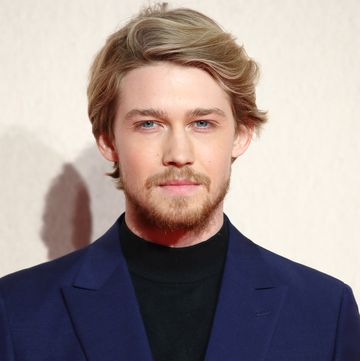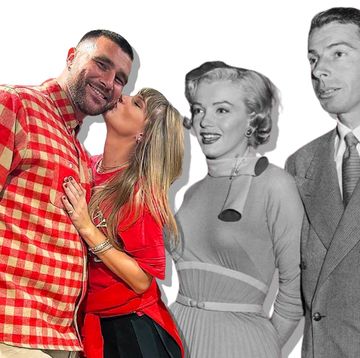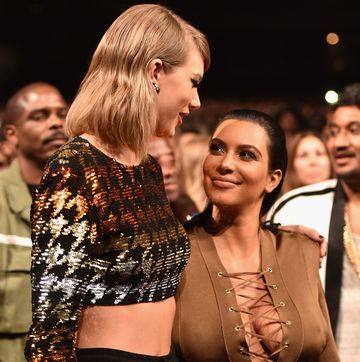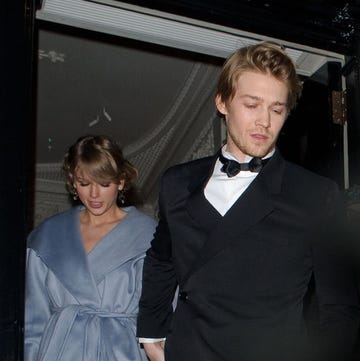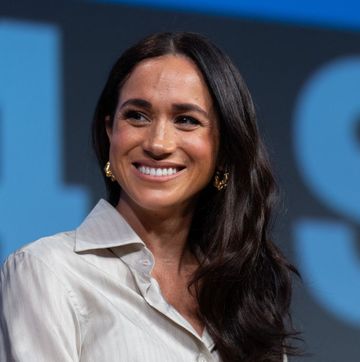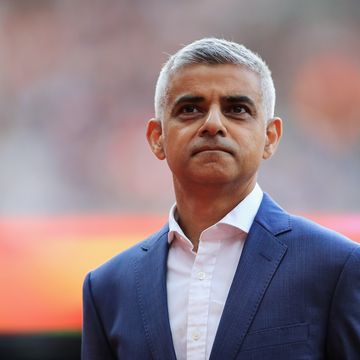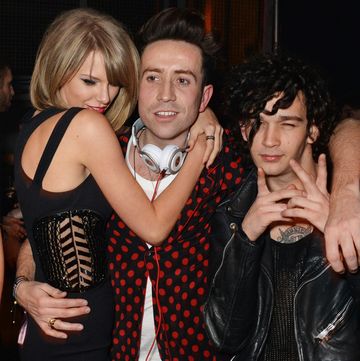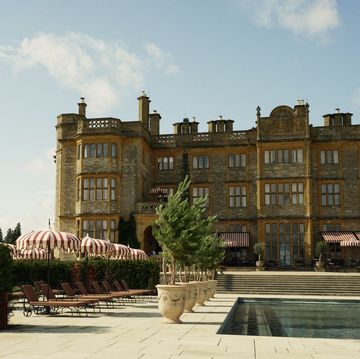Cara Delevingne is no stranger to seeing her image plastered on billboards around the world - but she's not so familiar with seeing it hanging in an art gallery. Until now.
The British model is one of the more prominent subjects in artist Jonathan Yeo's latest exhibition, 'Jonathan Yeo Portraits', currently on show in Demark.
We spoke to Yeo to find out wht he chose Cara as his latest muse. Read on to find out more...
Jonathan Yeo Portraits at The Museum of National History, Frederiksborg Castle, Denmark, is open to the public from Sunday, 20 March until Thursday, 30 June 2016.
Q: Why did you want to paint Cara?A: As a portraitist, I'm always concerned with revealing and portraying identity. Performers always offer a challenge to the portrait painter as you never know if you're getting "themselves" or perhaps a character they are playing at that time. These were ideas I had already started exploring in my collaboration with Kevin Spacey and wanted to take them even further. I liked the fact that Cara is constantly playing with her identity in her professional life and also on her social media platforms. In a way her blurring of reality and fiction was even more subtle because of the level of her exposure through these more personal channels of communication, which provided an even more interesting challenge to me.
Q: How did the collaboration come about?A: We were introduced by a mutual friend about two years ago but we were both already aware of each other's work. I found her face very interesting and so realised straight away she could make a good portrait subject. What I thought so much about was how she uses Instagram and other platforms to share what are, essentially, self portrait images and is therefore in the vanguard of the way our lives are changing through technology. I also realised that the fact she was moving from modelling into acting made her use of changing identities relevant, too, so at that point it occurred to me it could be not a single painting but several.
Q: What's the concept behind the work?A: The work is concerned with image making and performed identity. It also explores the transition from traditional to contemporary portrait making, which has become an integral part of contemporary life with the rise of social media. Everyone, including pre-teen kids, are making self-portraits on a daily basis and are able to dissect and read images in a way that used to be the reserve of artists and art historians. Whether it is playing with lighting to flatter themselves, putting objects in the background to make statements about their identity etc., people are creating images of themselves and others in a way that has more in common with the 16th Century portraits that hang in the museum where my exhibition is being held, than much of the art created since the birth of photography. The masks, opticians glasses, and theatre binoculars partially conceal Cara's identity in the pictures, which I thought was a fun idea given that she has one of the most sought after faces in the world, but also they are there to remind us of the fact these images are addressing visual play and the differences, or perceived differences between painting and photography.
Q: You've said she was the perfect muse – what made her the perfect muse?A: I meant that in the sense she's not just a passive model but someone whose participation actively feeds back into the evolution of the paintings. As a subject she seemed to connect many of the different ideas that the portraits were exploring better than anyone I could think of. When you add in the element of her being currently seen as the epitome of fashionable beauty, to her being simultaneously a brilliant subject, active collaborator, and inspiration for the development of themes in the work, it is hard to imagine a more ideal muse at this moment in time.
Q: How long did she sit for you?A: She sat for me roughly 6 times over the last 18 months. I took photos and drew her also, so I could work when she wasn't around. I often work this way with busy subjects and it's also often helpful to see them outside the studio in their own and other environments, so I get a feel for who people are in different situations.
Q: You've painted lots of famous people, how did Cara differ?A: She was very at ease with herself and was also quick to understand what I was trying to do. I'm increasingly concerned with exploring the wider possibilities of portraiture and meeting Cara also coincided with a point in my life when I was looking for subjects who could represent more complex narratives in the paintings.
Q: What message do you hope this body of work conveys?A: That painting is more relevant than it has been for many years and the thought process behind image making is affecting many areas of contemporary life.
ALL IMAGES COURTESY OF JONATHAN YEO
Bibby was ELLE's former Digital News & Features Editor.

